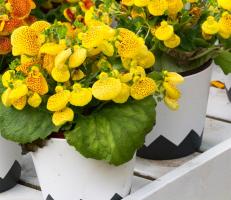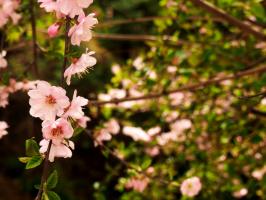Introduction
Red alder trees are known for their natural beauty and ecological value as they support a wide range of wildlife and soil health. Planting red alder trees in suitable locations can not only enhance the aesthetic appeal of the surroundings but also help in stabilizing the soil and mitigating climate change. However, finding the right place to plant red alder trees is essential for their growth and survival. This article outlines the ideal locations to plant red alder trees and the factors to consider before planting them.
Where to Plant Red Alder Trees?
Red alder trees are native to the coastal regions of the Pacific Northwest but can thrive in a variety of climates and soils. The following are some of the ideal locations to plant red alder trees:
1. Riparian Areas
Riparian zones are the transitional areas between aquatic and terrestrial ecosystems. Planting red alder trees in riparian areas can help in preventing soil erosion and protecting water quality. Red alders have a symbiotic relationship with nitrogen-fixing bacteria that supply essential nutrients to the plant and the surrounding soil. These trees also provide shade, habitat, and food for a variety of aquatic and terrestrial species.
2. Wetlands
Red alder trees thrive in damp soils and can survive in flooded areas for extended periods. Wetlands provide an ideal habitat for red alders where they can grow to their full potential and support a diverse range of aquatic and terrestrial species. Planting red alder trees in wetlands can also help in improving soil quality by preventing erosion and increasing organic matter content.
3. Forests and Woodlands
Red alder trees are fast-growing and can colonize disturbed areas quickly. Planting red alder trees in forests and woodlands can help in enhancing the biodiversity of the ecosystem and provide a valuable source of timber, fuelwood, and wildlife habitat. Red alders prefer light shade and can grow in the understory of coniferous forests or mixed-species forests.
4. Urban Landscapes
Red alder trees also have aesthetic value and can be planted in urban landscapes like parks, lawns, and gardens. These trees can provide shade, enhance the aesthetic appeal of the surroundings, and sequester significant amounts of carbon dioxide from the atmosphere. It is essential to select appropriate cultivars that can thrive in urban environments and withstand the stress of pollution and heat.
Factors to Consider Before Planting Red Alder Trees
Before planting red alder trees, it is crucial to consider the following factors to ensure their growth and survival:
1. Soil Type
Red alder trees prefer well-drained soils that are rich in organic matter and nitrogen. It is essential to test the soil pH and nutrient levels before planting and make necessary amendments to ensure optimal growth and health of the tree. Red alders can tolerate a wide range of soil types, but they are sensitive to waterlogging and compacted soils.
2. Water Availability
Red alder trees require sufficient water to grow and thrive. It is essential to plant red alders in areas with adequate water availability or provide supplemental irrigation during dry spells. Planting red alders in riparian areas or wetlands can be beneficial as these areas usually have abundant water resources.
3. Sunlight Availability
Red alder trees require moderate to full sunlight to grow and thrive. It is essential to select locations that receive at least six hours of direct sunlight per day for optimal growth and health of the tree. Planting red alder trees in shaded areas can cause stunted growth and reduced foliage.
Conclusion
Planting red alder trees in suitable locations can not only enhance the beauty of the environment but also provide ecological and economic benefits. Red alders are versatile trees that can thrive in a variety of locations and soil types, but it is essential to consider the factors outlined above before planting. By planting red alder trees thoughtfully and judiciously, we can contribute to a healthier and more sustainable planet.

 how many times do yo...
how many times do yo... how many planted tre...
how many planted tre... how many pine trees ...
how many pine trees ... how many pecan trees...
how many pecan trees... how many plants comp...
how many plants comp... how many plants can ...
how many plants can ... how many plants and ...
how many plants and ... how many pepper plan...
how many pepper plan...































